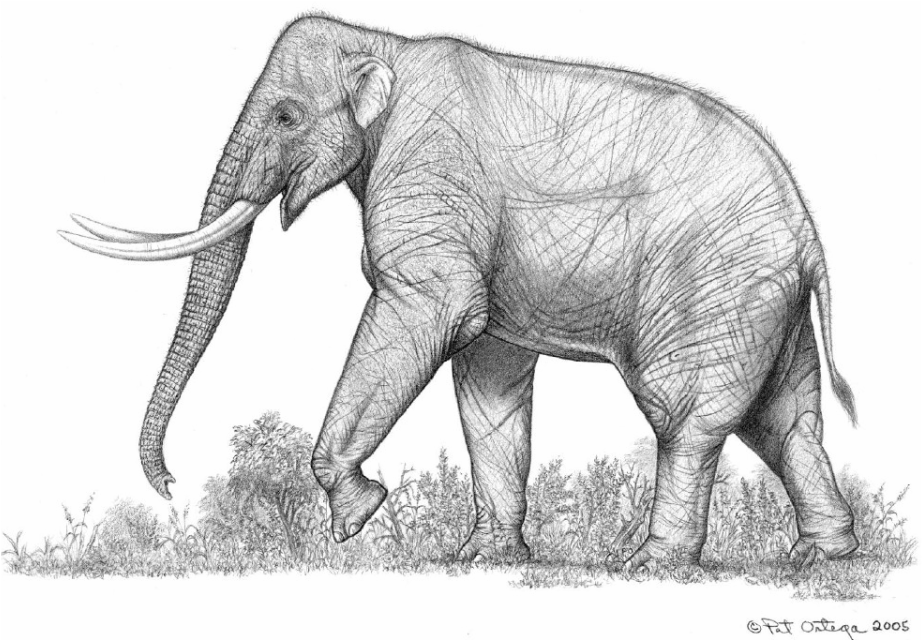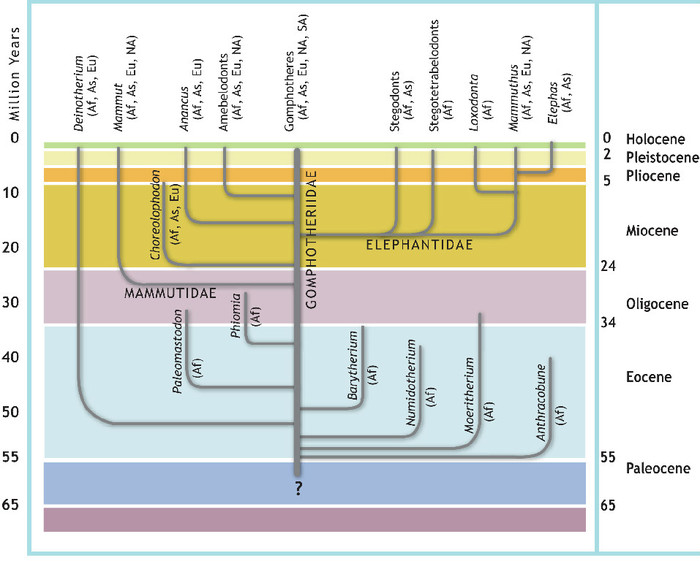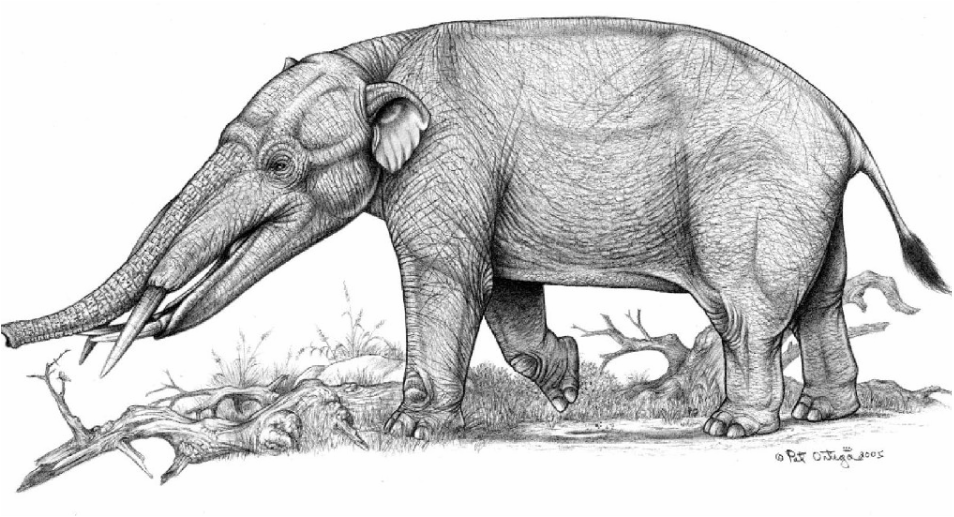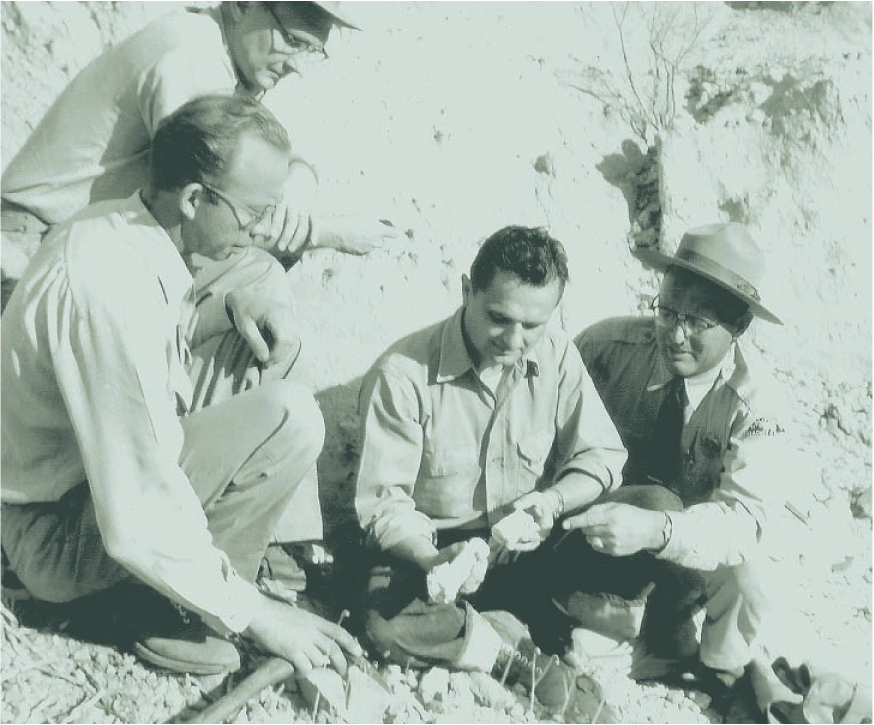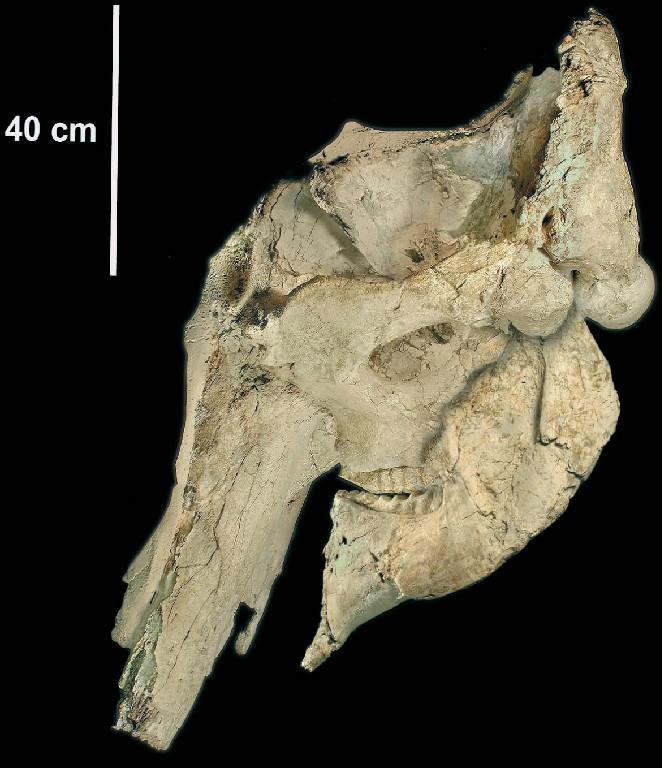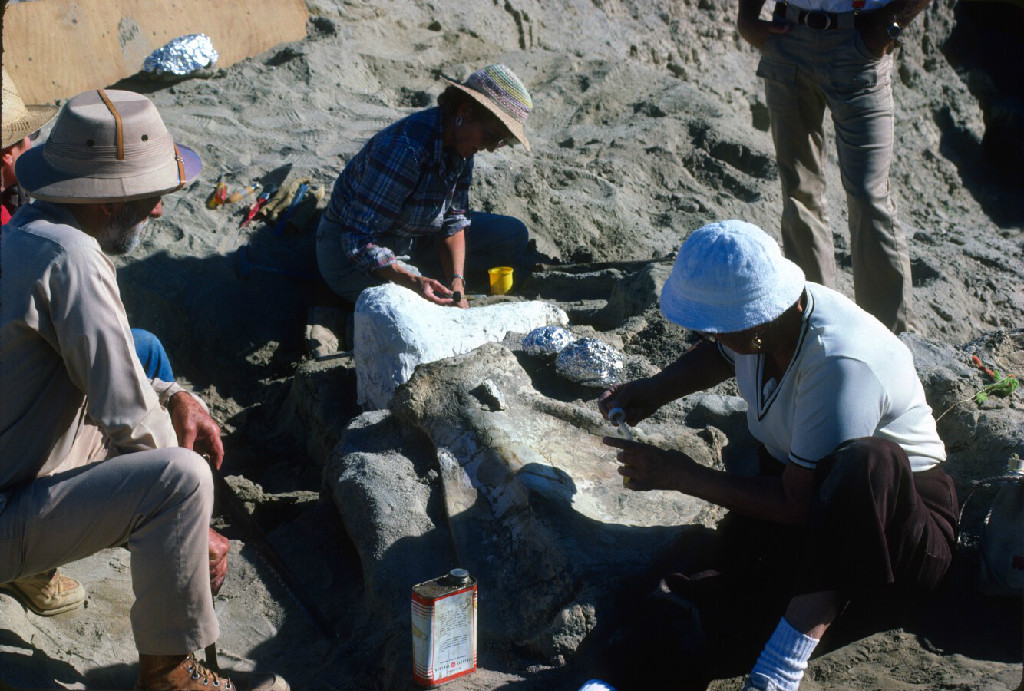Mammoths of ABDSP
For a more detailed description of the proboscideans found in the Anza-Borrego State Park see,
"Fossil Treasures of the Anza-Borrego Desert",
George T. Jefferson and Lowell Lindsay, editors, Sunbelt Publications, San Diego California, 2006.
"Fossil Treasures of the Anza-Borrego Desert",
George T. Jefferson and Lowell Lindsay, editors, Sunbelt Publications, San Diego California, 2006.

